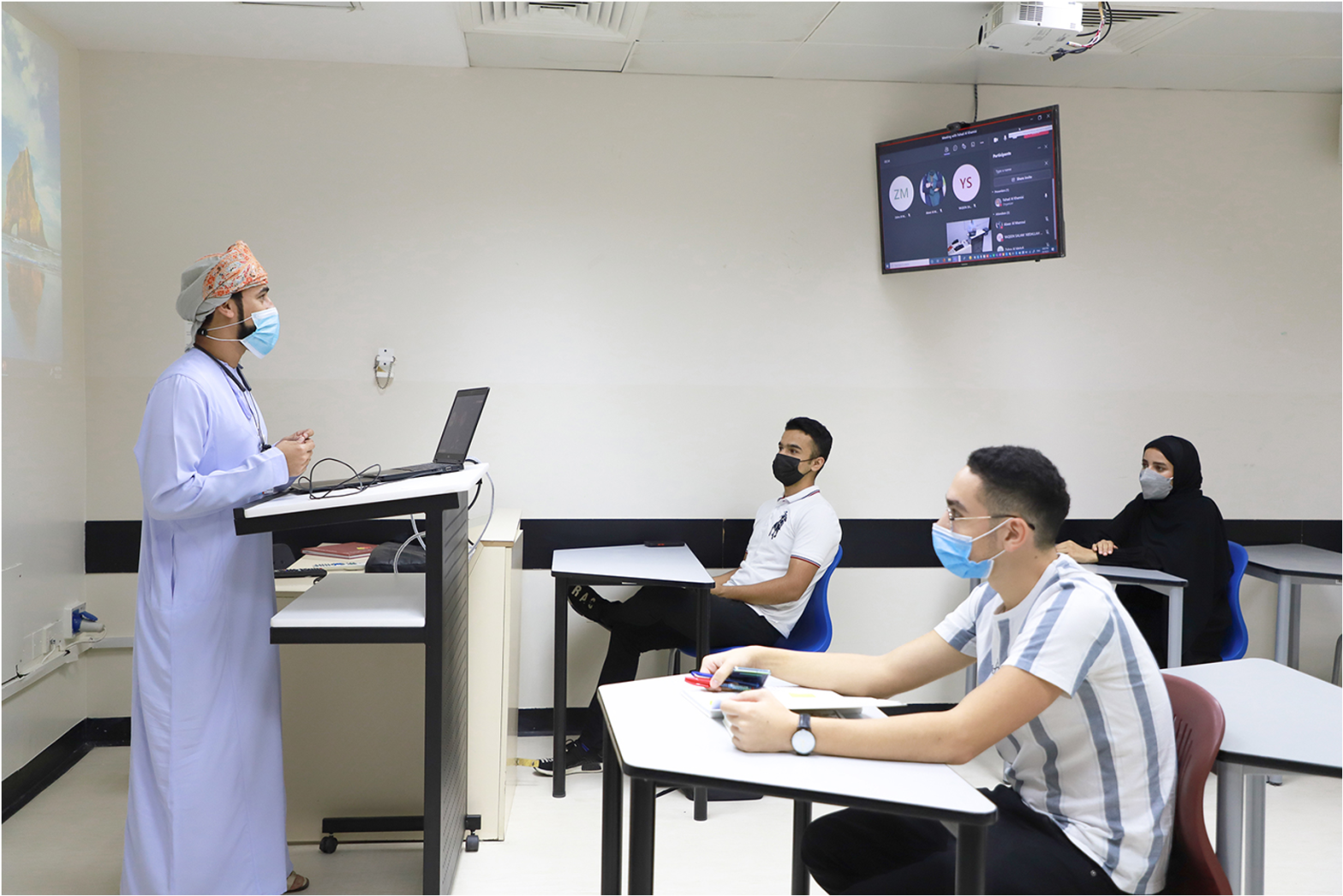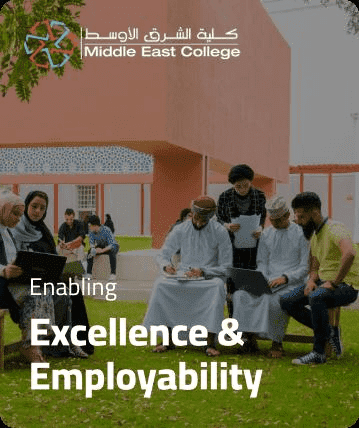Author: Dr. Kiran G. R., Dean, Middle East College
The famous British sociologist Sir Antony Giddens points out that unlike in pre-modern societies where time and space were “attached to place”, in modern societies “time and space are organized so as to connect presence and absence”. In other words, ‘time-space distanciation’ ‘stretches’ the relations of time and space beyond the actual locale.
The COVID-19 pandemic has further fuelled this phenomenon along all time-space dimensions. Online platforms such as MS Teams, Zoom and Google facilitated interactions within and across time zones in a synchronous and asynchronous manner, whether co-located or remote.
The emerging new normal for human interactions in all walks of life is a hybrid of all possible time-space combinations. Academics all over the world had to switch rapidly from an online mode of teaching a year and a half ago, moving from a predominantly co-located configuration to a remote model. Many institutions have also tried asynchronous models of education during this period, although most of these attempts were emergent rather than planned.
The new scenario requires a very flexible learning environment to nurture the agile learners required for the 21st century. The Hybrid Flexible (HyFlex) approach provides the right opportunity for educational institutions in this context. HyFlex combines face-to-face (F2F) on campus and online sessions simultaneously, while also providing access to learning resources and recorded sessions asynchronously. Teaching and learning activities could be offered in-person, synchronously-online and asynchronously online. Theoretically, students could decide on the diverse combinations of how to participate in class sessions of a course/module – a particular session or a few sessions or a complete course/module. For example, a student may choose to only opt for asynchronous recorded sessions along with pre-class and post-class online learning resources. She or he may alternately attend on campus sessions or online (synchronous as the class is delivered by the faculty), and yet use other learning materials asynchronously.
This hybrid flexible system makes students the key decision makers and enables autonomous learning. It also helps student learning independent of the circumstances that would otherwise constrain them from attending classes and continuing their learning journey. Adapting to such formats also supports the development of skills for life-long learning, thereby nurturing agile learners. HyFlex requires the deployment of state-of-the-art technologies and adoption of pedagogical approaches that support learner-led, active learning for the institution-wide community of learners.
Providing students complete flexibility of choice may lead to a situation where some of them may only opt for the online experience, whether synchronous or asynchronous. One can argue that students need to spend enough time on campus for enhancing their social and soft-skills and fulfilling disciplinary requirements. Institutions can mandate an appropriate level of attendance on campus to overcome this issue. This would bring down the “flexibility” of the HyFlex mode to some extent. It would, however, still retain the advantages that the HyFlex model offers in providing a hybrid solution, namely, to address the complexities created by the pandemics of today and tomorrow, and nurture the agile learners required for the workplace and society of today and beyond.






